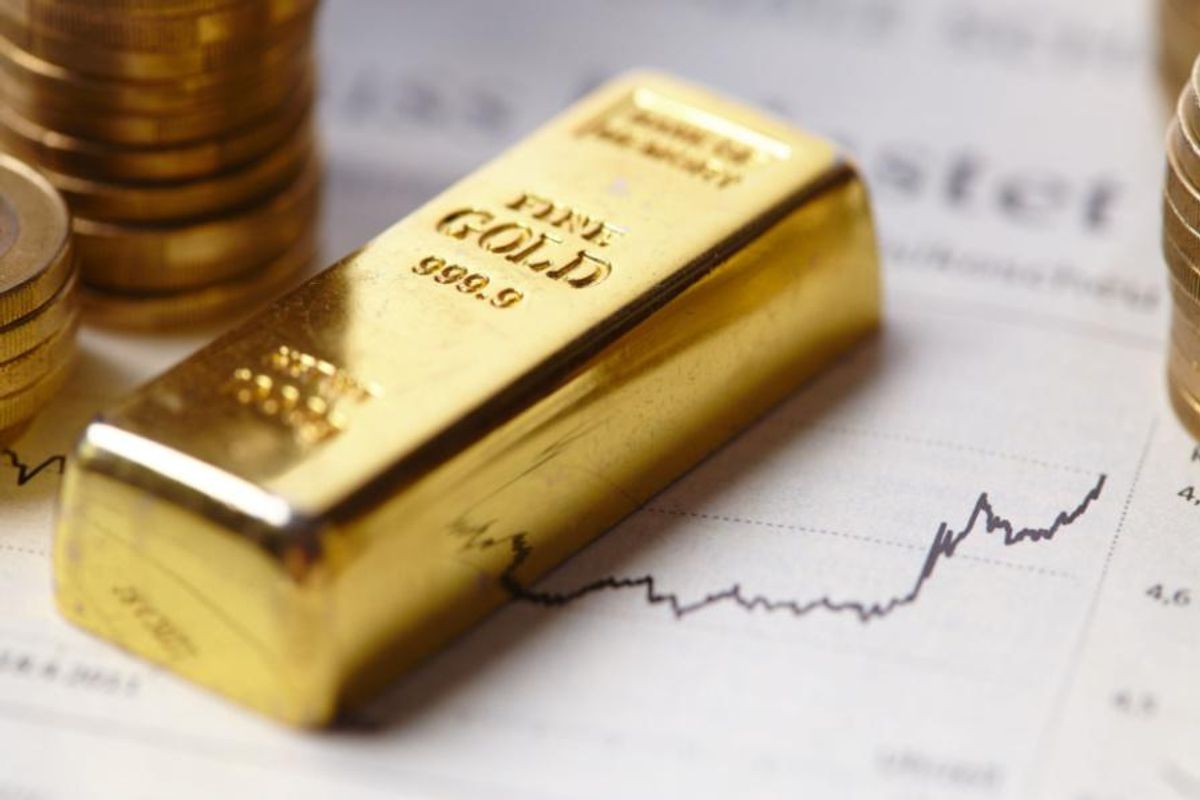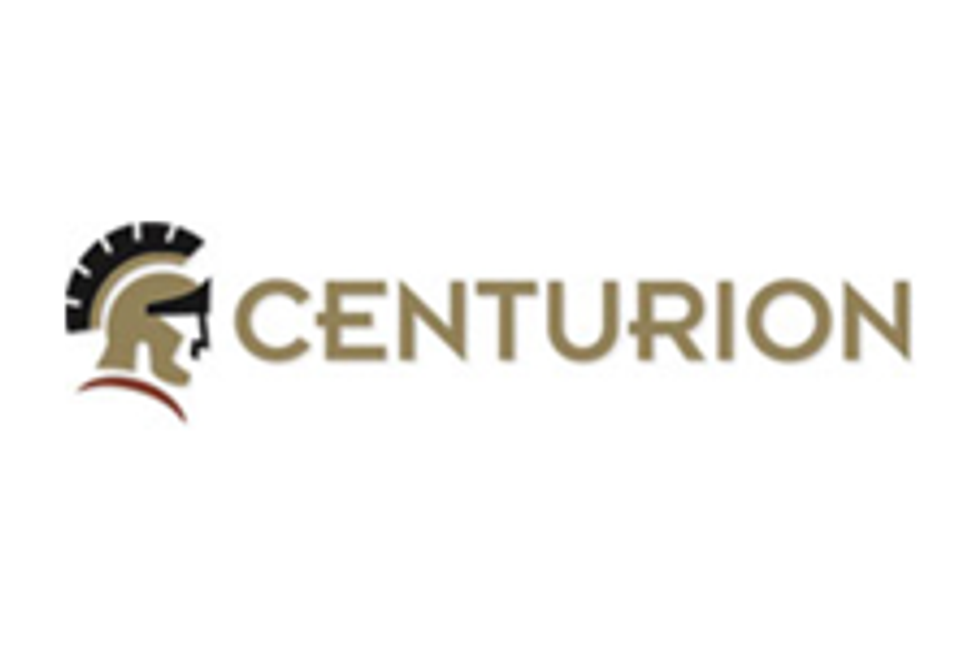Gold Price Update: Q2 2022 in Review
What happened to gold in Q2 2022? Our gold price update outlines key market developments and explores what could happen moving forward.

Click here to read the latest gold price update.
Unlike many stocks, gold was able to retain its value throughout the first half of the year, largely supported by its roles as a store of wealth and an inflation hedge.
Starting January at the US$1,801.20 per ounce level, the yellow metal ended the six month period at US$1,809. Its steady performance stood in stark contrast to equities, which registered their worst performance in decades.
Cautious investor sentiment, higher energy costs and inflation saw the S&P 500 (INDEXSP:.INX) shed 1,011.18 points by the end of June, its worst half year since 1970.
The Dow Jones Industrial Average (INDEXDJX:.DJI) shrank by 6,306.93 points, or 17.24 percent, while the tech-heavy NASDAQ Composite (INDEXNASDAQ:.IXIC) bore the brunt of the market exodus when it consolidated by a whopping 30 percent between January and the end of June.
With two out of three of major markets in bear market territory (a 20 percent decline), gold’s ability to add 0.44 percent allowed it to remain one of the best-performing and least volatile assets during H1.
According to Juan-Carlos Artigas, head of research at the World Gold Council (WGC), gold’s flat H1 performance was a “confluence of two trends,” the first being higher interest rates.
“The fact that many central banks have started to increase their policy rates, some of them somewhat aggressively, in response to the changing macroeconomic environment created some headwinds for gold,” he said. “As interest rates increase, that increases the opportunity cost of holding gold.”
Conversely, the yellow metal was able to find some support due to the high-risk environment brought on by multi-decade highs for inflation, which Artigas explained has remained elevated for longer than initially anticipated.
“But risk is not just about inflation; there were also geopolitical risks that appeared to resurface after being dormant to a degree during the pandemic,” he told the Investing News Network. “So the combination of a high-risk environment both from inflation and geopolitics made gold a very valuable asset for investors, as they were seeking high-quality, liquid stability — liquid assets to hedge their portfolios amid a very poor-performing financial market in general, both from an equity and bond market perspective.”
Gold price update: Levels still historically high
Gold ended the first half of 2022 at about the same price it started the year, and its lack of momentum in the face of rampant inflation has led some investors to question why the price is not higher.
“Actually, I think that gold has hedged inflation quite well, all things considered,” Artigas said. “It was one of the best-performing asset classes of the first half of the year — it outperformed pretty much all major asset classes, including stocks and bonds, and interestingly enough, it outperformed inflation-linked bonds.”
This sentiment was also echoed by Jeffrey Christian, managing partner at CPM Group, during his June presentation at the Prospectors and Developers Association of Canada conference. He pointed to gold’s historical performance as proof it has both withstood turmoil while remaining within a higher threshold.

Gold's historic price performance.
Chart via TradingEconomics.
“Because you can see in 2019, gold was US$1,300 an ounce, then it got to over US$2,000 in August of 2020. And it got to over US$2,000 again in March of 2022,” Christian said.
He added that gold has held at record-setting average quarterly and annual price levels.
Gold price update: Fundamentals driving the market
By mid-April, broad volatility had aided in gold’s ascent to US$1,935, its high point for the second quarter. As inflation, interest rates and geopolitics continue to add volatility to prices heading into Q3, the gold-mining sector is expected to see a continued recovery from 2020’s pandemic-related closures.
“We expect global mine production to rise again this year and increase by two percent year-over-year to 3,642 tonnes,” this year's Gold Focus report from Metals Focus states. “This would be the second highest annual production on record, only surpassed by global output in 2018. Driving this growth will be higher output from all regions with the exception of the Commonwealth of Independent States.”
Although the production outlook remains promising, the investment picture has become more opaque.
“Rising interest rates and economic uncertainties will also continue to weigh on investor confidence in the stock market,” as per the Metals Focus report. “Even following the recent sell-off, equity valuations are still high by historical standards, with further downside still likely in the coming months. Sentiment in the bond market is also likely to remain fragile against the backdrop of monetary policy tightening by several key central banks. All these factors should encourage institutional investors to retain their existing gold positions.”
The gold exchange-traded fund (ETF) segment started the year strong, but has recently experienced two consecutive months of outflows.
“While the recent flows were enough to push Q2 into net outflows of 39t (US$2 billion), year-to-date net inflows remained positive at 234t (US$14.8 billion),” a monthly ETF report from the WGC indicates. “Total holdings at the end of June stood at 3,792t (US$221.7 billion), up 6 percent year-to-date.”
The second quarter of 2022 also saw some waning in physical gold investment as Chinese demand contracted. The rising US dollar, as well as consecutive interest rate hikes, are expected to keep bar and coin purchases below last year’s 1,168 metric tons, a nine year high.
With this in mind, Metals Focus anticipates a 2 percent — 27 metric ton — year-over-year decline in the bar and coin segment. “Physical investment in 2022 is expected to dip slightly, as a hefty fall in China will be broadly offset by a steep rise in Russia as well as firmer western sales,” the firm's gold overview notes.
Gold price update: Central bank demand still strong
Although physical gold investment demand is projected to slip from its nine year high in 2021, central bank buying remains strong and is forecast to continue.
As Christian pointed out during his presentation, national banks became net buyers in 2008, primarily driven by purchases from China and Russia, which have the largest and fifth largest total reserves of the metal, respectively.
However, that began to change in 2016. “China has bought gold in one month since 2016/2017,” Christian said. “Russia stopped buying when the oil and gas prices fell in March and April 2020. They haven't been back.”
Central bank purchases are now driven by a more diverse array of banks. “Last year, we saw central banks go from 7 million ounces of net purchases to about 11 million ounces,” he said. “And it was more central banks and newer central banks that hadn't previously been net buyers buying that gold.”
In a June survey of central bankers released by the WGC, 25 percent of those asked said they would be increasing their gold reserves this year. The head of research at the WGC said he sees gold’s ability to function as a reserve currency as part of its appeal to these national banks.
“We continue to see interest from central banks around the world, and in terms of their use of gold in foreign reserves,” Artigas said. “This year has been an important year for central banks and has highlighted the relevance and the reason why perhaps many of them continue to buy gold as part of their foreign reserves: to hedge geopolitical risk, to preserve their overall level of reserves and to help them manage volatility.”
The second half of the year will see more headwinds for gold, which has already declined to start Q3.
“Rising policy rates and easing inflation are expected to boost real interest rates and yields, putting pressure on gold in the second half of 2022,” Metals Focus projects.
For CPM Group's Christian, gold could see more challenges that may erode its value in H2. “Our expectation has been that the prices move sideways this year on an annual and quarterly average basis,” he said. "And actually probably fall... on an intraday basis during the second and third quarters of this year, and then come back.”
Christian anticipates that gold will trade for US$1,800 next year before moving towards “even higher record prices” as pressure from a looming financial crisis mounts.
“We expect a recession and a financial crisis. We see one on the horizon. We have been projecting for several years that it would occur sometime in the 2024 to 2026 range,” he added.
"But in our view, the longer we wait until it comes, the higher gold prices will go.”
Don't forget to follow us @INN_Resource for real-time updates!
Securities Disclosure: I, Georgia Williams, hold no direct investment interest in any company mentioned in this article.
Editorial Disclosure: The Investing News Network does not guarantee the accuracy or thoroughness of the information reported in the interviews it conducts. The opinions expressed in these interviews do not reflect the opinions of the Investing News Network and do not constitute investment advice. All readers are encouraged to perform their own due diligence.
- Gold Outlook 2022: Consolidation a Launching Pad for Price Rise ... ›
- A Guide to Physical Gold as an Investment | INN ›
- What Was the Highest Price for Gold? | INN ›
- What is the Gold Spot Price? | INN ›
- An Overview of Gold Investing and Prices | INN ›
- Metals Focus: Economic Policy Could Drive or Dive Gold's Value ›





